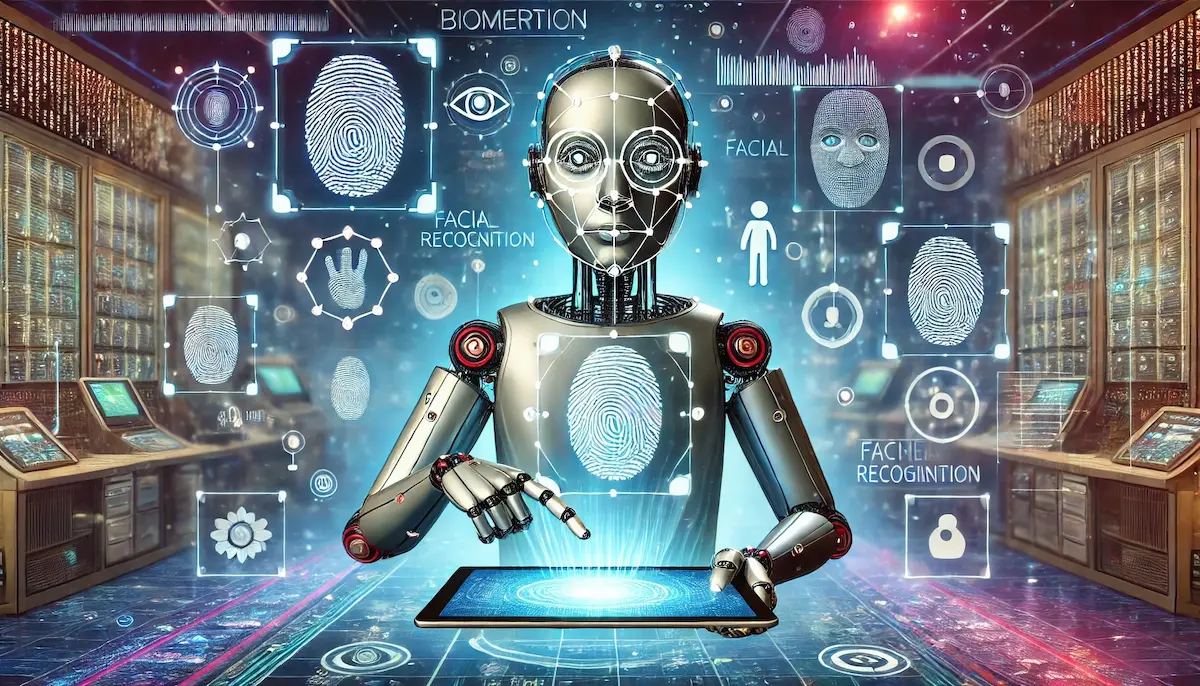Biometrics is a rapidly advancing field that uses unique physical and behavioral characteristics to identify individuals. These characteristics can range from fingerprints and facial features to voice patterns and even the way someone types. As technology progresses, biometrics is becoming increasingly integrated into various aspects of daily life, enhancing security and convenience. This article explores what biometrics is, how it works, and its applications and benefits.
What Is Biometrics?
Biometrics refers to the automated recognition of individuals based on their unique biological and behavioral traits. Unlike traditional identification methods, such as passwords or ID cards, biometrics relies on characteristics that are inherently linked to a person, making it more secure and difficult to forge.
How Does Biometrics Work?
Biometric systems follow a general process that includes several key steps:
1. Data Collection
The first step involves capturing a biometric sample from the individual. This could be a fingerprint scan, a facial image, a voice recording, or another type of biometric data.
2. Data Processing
Once the sample is collected, it is processed to extract relevant features. For example, in fingerprint recognition, the system identifies unique patterns in the ridges and valleys of the fingerprint.
3. Data Storage
The extracted features are then converted into a digital format and stored in a database. This stored data is often encrypted to ensure security.
4. Matching
When an individual needs to be identified, their biometric data is collected again and compared to the stored data. The system uses algorithms to determine if there is a match, confirming the individual’s identity.
Types of Biometrics
Physiological Biometrics
- Fingerprint Recognition: Analyzes the unique patterns of ridges and valleys on a finger.
- Facial Recognition: Uses facial features such as the distance between the eyes, nose shape, and jawline.
- Iris Recognition: Examines the intricate patterns in the colored part of the eye.
- Retina Recognition: Looks at the unique pattern of blood vessels at the back of the eye.
Behavioral Biometrics
- Voice Recognition: Identifies individuals based on their vocal characteristics, such as pitch and tone.
- Signature Recognition: Analyzes the way a person signs their name, including the speed and pressure of the strokes.
- Gait Recognition: Observes and identifies individuals based on their walking patterns.
Applications of Biometrics
Security
Biometrics is widely used in security systems to control access to buildings, devices, and information. Biometric authentication is often more secure than traditional methods because it is harder to replicate unique biological traits.
Healthcare
In healthcare, biometrics helps ensure accurate patient identification, reducing the risk of medical errors and improving the efficiency of patient care. It also aids in maintaining the confidentiality of medical records.
Financial Services
Banks and financial institutions use biometrics for secure customer authentication, preventing fraud and enhancing the security of online transactions.
Law Enforcement
Biometrics plays a crucial role in law enforcement for identifying suspects, solving crimes, and managing identities in criminal databases.
Travel and Immigration
Airports and border control agencies use biometrics to verify the identity of travelers, speeding up the immigration process and enhancing security.
Benefits of Biometrics
Enhanced Security
Biometric systems provide a higher level of security compared to traditional methods. Since biometric traits are unique to each individual, they are difficult to steal or duplicate.
Convenience
Biometric authentication eliminates the need to remember passwords or carry identification cards. It provides a quick and efficient way to verify identity.
Accuracy
Biometric systems offer high accuracy in identifying individuals. Advanced algorithms and technology reduce the chances of false matches.
Fraud Prevention
Biometrics significantly reduces the risk of identity theft and fraud. Even if a password or PIN is compromised, biometric traits cannot be easily replicated.
Conclusion
Biometrics is revolutionizing the way we approach security and identification. By leveraging unique biological and behavioral traits, biometric systems offer enhanced security, convenience, and accuracy across various applications. As technology continues to advance, the role of biometrics in our daily lives is set to grow even further.
Blockfine thanks you for reading and hopes you found this article helpful.
